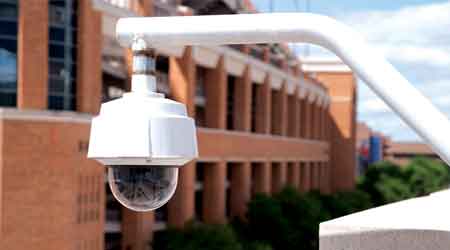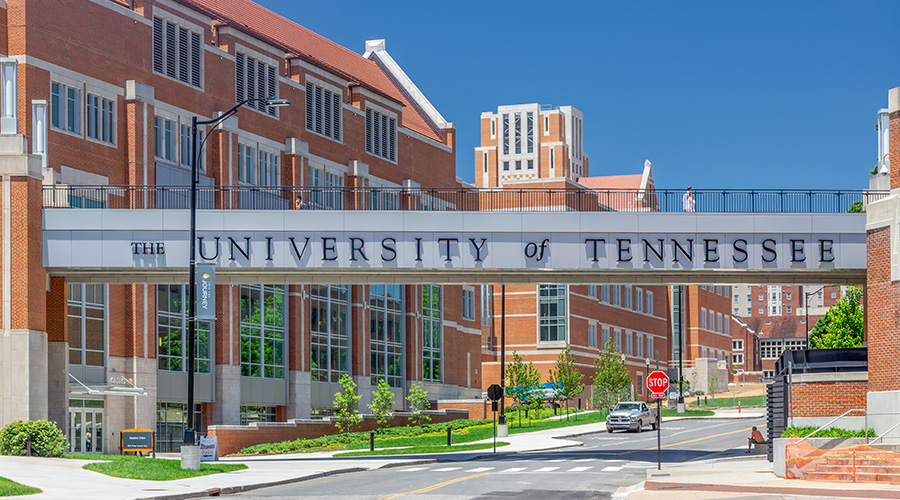Crisis Intervention, Threat Assessment Programs Supporting Campus Security
Part 2 of a 4-part article on the increasingly complex challenge of security at colleges and universities
Among the additional tools supporting campus security are crisis intervention programs and threat assessment teams.
Kennesaw State created its crisis intervention program to make people aware of aberrant behavior and to report it where they see it. Lang notes that, in retrospect, authorities learned that some of the shooters who made the national news had been seeing mental health practitioners, and some were on medications they had stopped taking. “We wanted to create a red-flag program where you could report anyone to a website, and a psychologist could interview them and decide if there is a problem, so that they could get help,” he says. The program was not conceived as something punitive, but rather as a way to get people help if they needed it.
According to Scott Merlo, public safety chief at Western Michigan University, because of the number of shooting incidents in malls, schools, theaters, and elsewhere, the topic is always “at the forefront of our mind.” His university uses threat assessment teams that look for signs of possible threats from or erratic behavior on the part of students, staff, or faculty. “We are constantly reviewing social media websites looking for threats, parties, and incidents that we might not be aware of,” he explains. “We can gather good intelligence from some of the social media websites. Twitter, Snapchat, and so forth — when you look at them it is amazing what you can find,” he says.
Active shooters have increased sensitivity to campus safety, but they are not necessarily driving the changes in campus security over the past five years. “The driver is community expectations, and in order to meet those expectations, it is important to have comprehensive goals and plans,” says David Rainer, associate vice chancellor of environmental health and public safety at North Carolina State University.
“We look at campus safety holistically and have consolidated all of our emergency planning response, police, environmental health and safety, risk management, and security into one organization. We’ve tried to be very strategic in how we go about managing safety and security,” he says.
As North Carolina State’s public urban campus has grown, security issues have become more complex. “We did a quantitative security risk assessment and developed a security master plan, beginning about three years ago,” Rainer says. The risk assessment involved interviewing multiple stakeholders, from students to university leaders; analyzing local and campus crime statistics, as well as operational issues and existing security policies and procedures; and conducting a detailed site survey and analysis of 60 major facilities on campus.
The master plan has led the school properly allocate resources for security programs and systems, Rainer says. The school has changed the way it uses technology. For example, electronic door access points have gone from 25 in 2009 to 1,500 now, and 50 cameras have increased to 1,800 cameras. The university also has its own police force and an extraterritorial jurisdiction agreement with the city of Raleigh, with responsibility for residential facilities where students live off campus. The police force goes through the same training as all police officers in North Carolina.
Some campuses have certified police departments. For example, the university system of Georgia requires that all of its schools have certified police officers who carry guns, says Lang.
Rockefeller University in New York City uses 35 licensed security officers instead of certified police officers. According to Michael J. Murphy, assistant director of security, Rockefeller’s security staff receives continuous training in areas such as professionalism, customer service, crime scene preservation, grand larceny, verbal judo, and, of course, active-shooter scenarios. The campus community gets training as well, via the university website as well as in-person orientation for new students, online training through the Federal Emergency Management Agency, and in-person training from the NYPD.
Related Topics:















